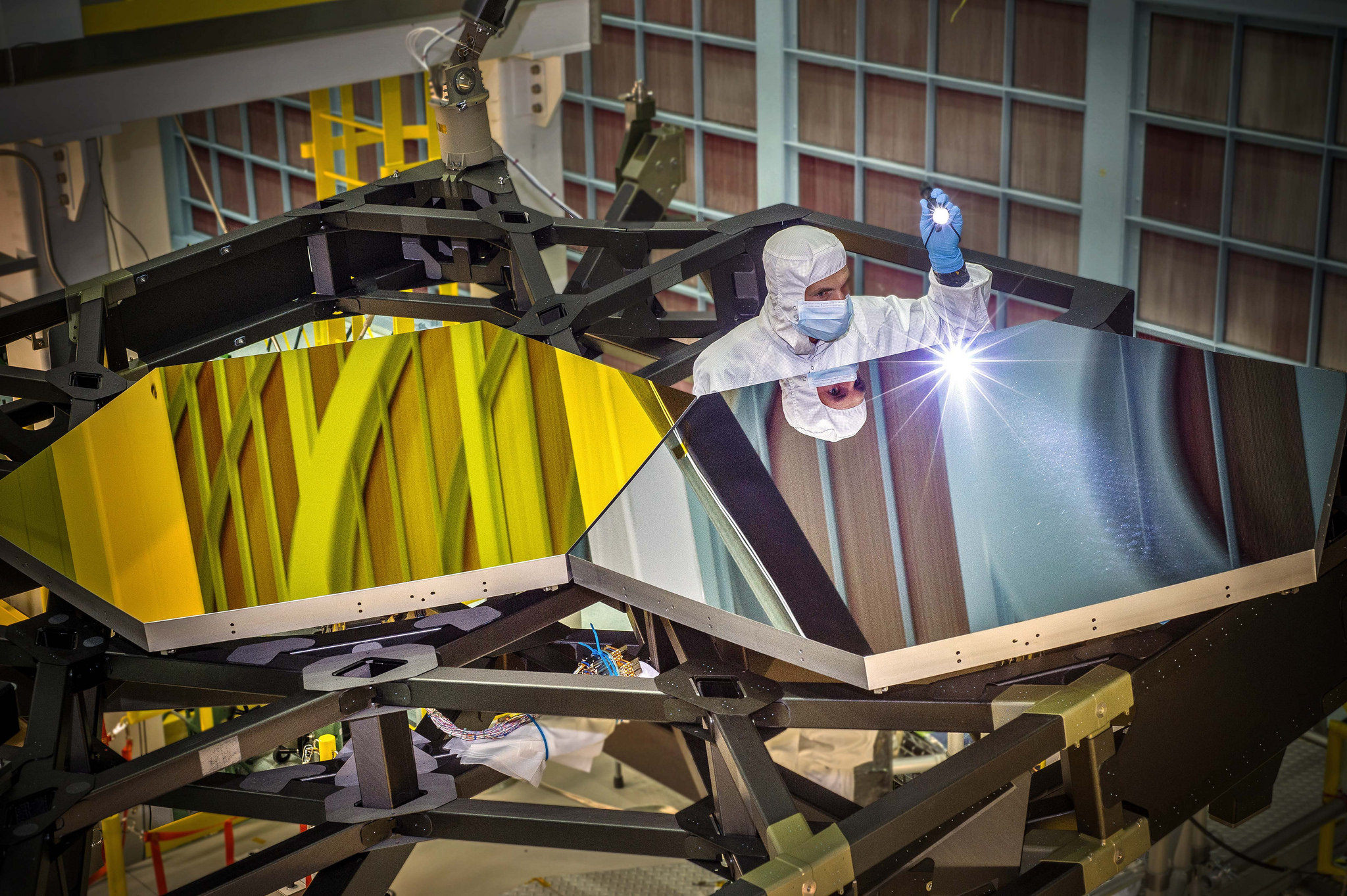
The James Webb Telescope has started aligning its 18 primary segments to form the mirror that will help in observing the universe. Here’s all you need to know about the world’s most powerful observatory.
The James Webb Telescope is coming together

Engineers have started turning 18 gold-plated mirrors on NASA’s James Webb Telescope. Once it is aligned, the giant mirror can collect even the faintest light from the universe. The team also commanded 126 actuators for moving and shaping the segments into place. The six devices will then position the secondary mirror and verify its workings. “The team also commanded actuators that guide Webb’s fine steering mirror to make minor movements, confirming they are working as expected. The fine steering mirror is critical to the process of image stabilization,” stated NASA.
In the meantime, the ground station is working and instructing the primary and secondary segments of the mirror. This helps in positioning them from the stowed-for-launch mode that was keeping them safe. “These movements will take at least ten days, after which engineers can begin the three-month process of aligning the segments to perform as a single mirror,” explained the space agency.
More about the giant mirror
The James Webb Telescope is on its way to L2, the second Lagrange point located 15,00,000 kilometers from Earth. Completing the unfolding took over 15 days as the ground team had to open sun shields and secondary mirrors before opening the two folded parts of the primary mirrors. Currently, it is in its commissioning period. This involves the cooling period, checking, and alignment of the mirror segments. Only then can it form a single optical system.
Additionally, all instruments in the panel have to undergo calibration. The Telescope will soon go through a correction burn for placing itself on the L2 orbit. Once set, it can help us with peering back to more than 13.5 billion years in the past. The telescope is crucial in not just understanding the past of the universe but also studying distant worlds, waiting to be discovered.
